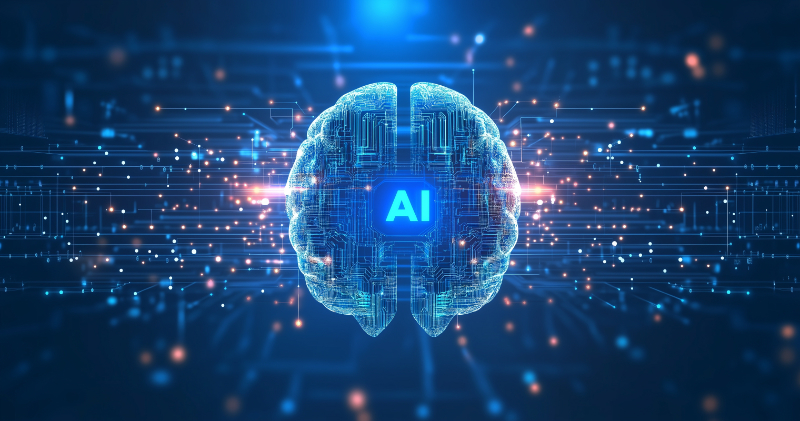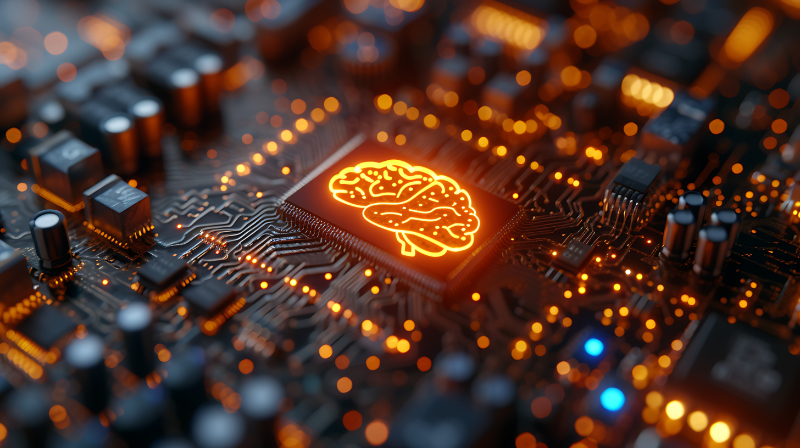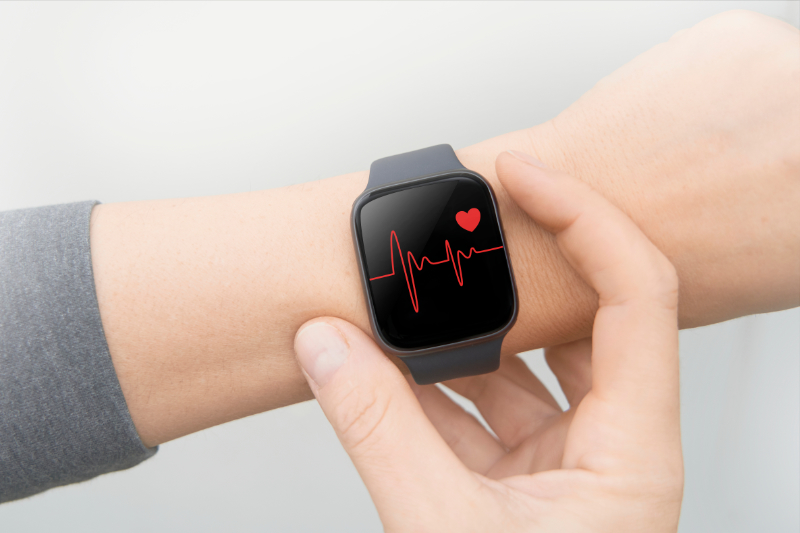In addition to medical health benefits, AI in healthcare has other economic and social advantages, such as:
- Reducing administrative burden
- Cost efficiency and economic benefits
- Cost savings through early diagnosis
- Promoting Health Equity
- Support for Public Health Initiatives
Reducing administrative burden
AI can reduce administrative burdens by automatically populating data from therapeutic notes and past medical records, scanning for laboratory result abnormalities, and documenting patient encounters. Additionally, Robotic Process Automation (RPA) can be used for healthcare functions such as clinical records, revenue cycle administration, claims handling, and medical record management (Al Kuwaiti et al., 2023). While chatbots have already been incorporated into patient care for various patient interfaces, they can also be helpful for transactions such as booking appointments, refilling prescriptions, and facility management (Chustecki, 2024; Cutler, 2023; Al Kuwaiti et al., 2023). By reducing the rote processes that can lead to medical provider click fatigue, AI helps save time and resources for medical practitioners, ultimately leading to increased productivity and improved patient care (Chustecki, 2024).
Cost Efficiency and Economic Benefits
Besides reducing administrative burdens, AI can provide significant cost savings and economic benefits to a healthcare system. AI substitution of the rote activities that humans currently perform has the potential to create an estimated savings from $200 billion to $360 billion annually, with 35% of which would be administrative savings (Cutler, 2023). According to Cutler (2023), “This substitution will lead to a reduction in health care employment, but it is likely to be gradual as use of AI expands across areas (billing, management, scheduling, and so on).”
Institutions, such as hospital systems and post-acute facilities, are the most expensive components of medical care. Patients often need care at such an institution because they need continuous monitoring. AI to provide some of this continuous monitoring remotely could help move some of the care to home or a step-down observation unit (Cutler, 2023).
The cost of diagnosing illness may become cheaper as well. Using AI to analyze blood biomarkers, perhaps in combination with less expensive brain imaging, could replace more expensive modalities in clinical research and practice and lead to reductions in high-cost imaging and invasive testing (Cutler, 2023). The speed and accuracy of analyzing medical images can lead to quicker diagnosis, reducing health care costs associated with late-stage diagnosis. Similarly, AI's ability to process and interpret various medical tests rapidly and accurately reduces physicians' errors, further contributing to cost savings (Chustecki, 2024).
Support for Public Health Initiatives
AI can help promote awareness about public health concerns, raising awareness and possibly preventing the concern. AI can help promote information on disease prevention online, quickly reaching large numbers of people, and even analyze social media information to predict outbreaks (Mayo Clinic, 2024). Additionally, AI can analyze social media trends to reduce stigma and disinformation related to certain diseases (such as sexually transmitted infections) and use data to improve prevention and care (Chustecki, 2024).















